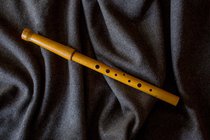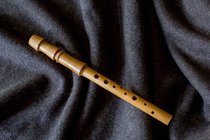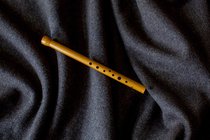Flutes
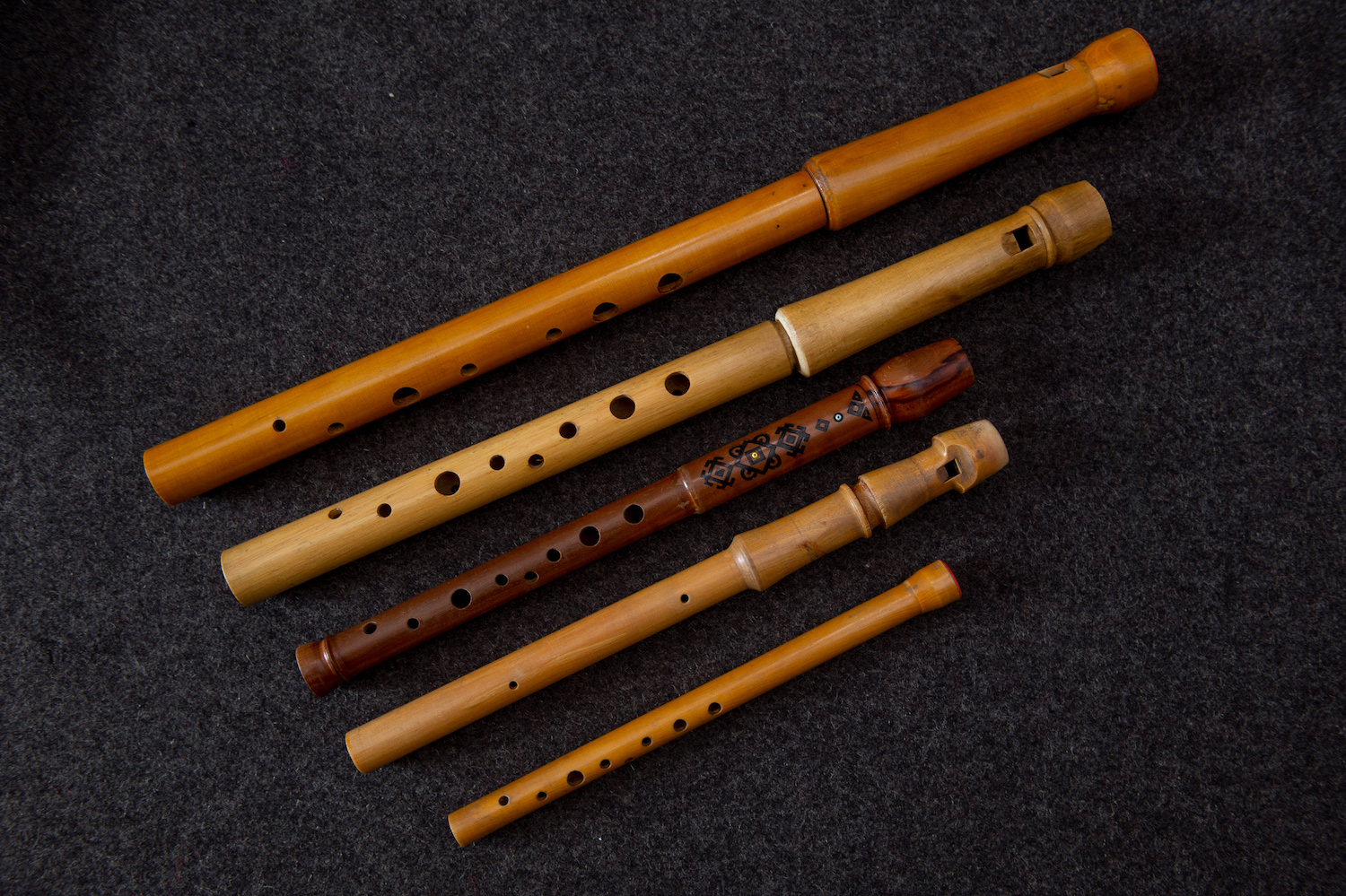
Flute ( Bel.: sapilka, Ukr.: sopylka) is a variation of flutes in the form of a straight pipe, a whistle with 8 holes on the front side and 2 on the back side.Flute instruments are known in Belarus since the II millennium BC. They were made of bones. In the time of the first principalities (9th–12th c.) local traditions began combining with those taken from Byzantium. It was Byzantium that became a sample of musical and spiritual appearance of princely environment. With the beginning of the wars with Teutonic and Livonian Orders as well as through the Union with Poland West European instruments started to come to our land with chamber musicians and wandering European theatres visiting the country. Renaissance époque introduced the fashion of the Italian Capelle, where flute instruments played a great part along with the string instruments. In the times of Baroque Society of Jesus organized a huge amount of chamber assembles in churches where flute instruments were used actively. In the age of Classicism (18th c.) on the territory of Belarus there were 27 full symphonic orchestras, without mentioning the great number of town, nobility and church chamber Capelles. And flutes were an indispensable part of lyrical, dramatic, solemn and tragic parts of symphonies and operas. In folk music and wandering theatres flutes-whistles have always been a symbol of unrestrained fun and entertainment.
Stary Olsa uses diffrent types of sopilka: sopranino, soprano, alto, tenor.
In early albums (2000-2006) were recorded classical flute, blockflutes (recorders) and svirel - a folk flute, which is a straight wooden pipe with 6 holes on the front side and 1 on the back side.
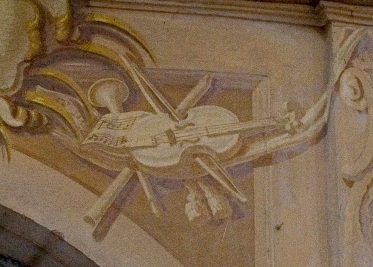 Fresco 17th–18th c. Cathedral of Corpus Christi in Niasviž, Belarus
Fresco 17th–18th c. Cathedral of Corpus Christi in Niasviž, Belarus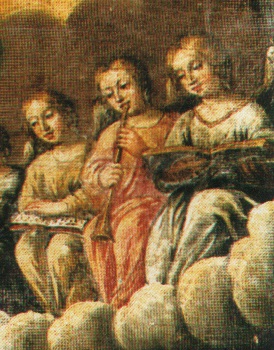 Belarusian icon Holy Mother With the Quire of Angels, 15th c.
Belarusian icon Holy Mother With the Quire of Angels, 15th c.